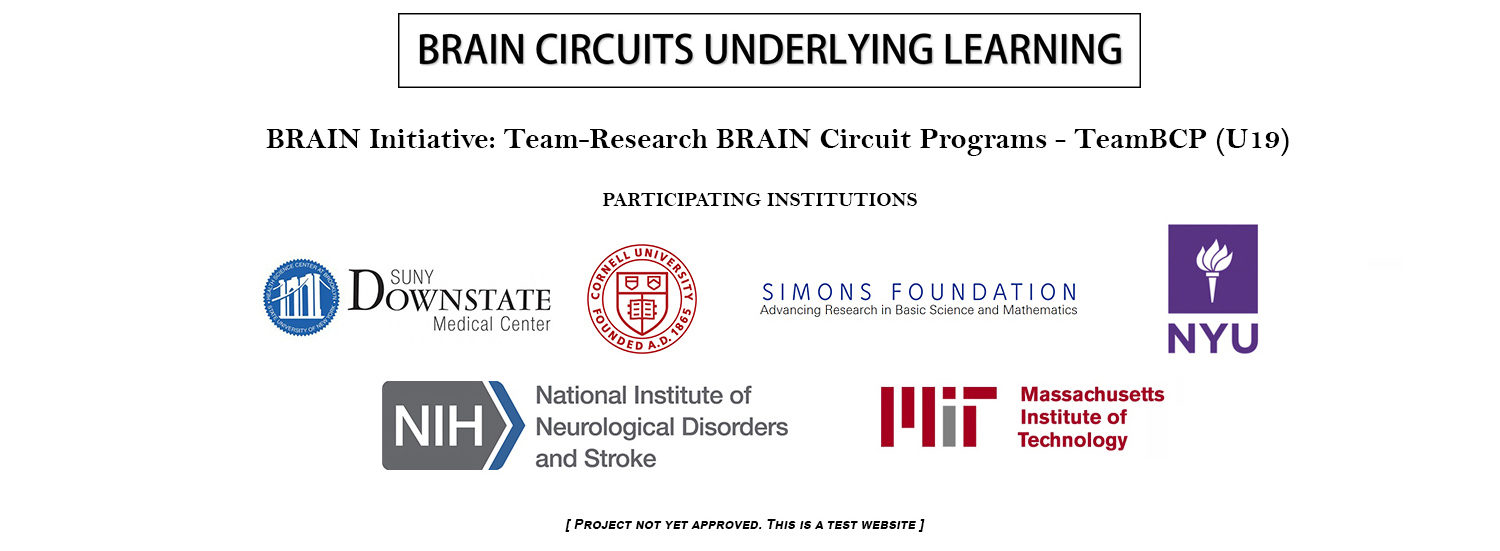Plasticity is a key brain function that optimizes circuits for perceptual and behavioral tasks in a changing environment. Perceptual learning (PL)—the improvement of perception with practice—reflects plasticity in adults, making it an important model for learning and rehabilitation. Specificity is a hallmark of PL: extensive training in a perceptual task may result in specific improvements in the trained task, with specific stimuli, at specific spatial locations, but PL rarely transfers to untrained stimulus features and locations. (With additional training, PL transfer can sometimes occur with exposure to more than one stimulus, or training on more than one task.) We have shown that generalization across locations can be obtained without increased training by manipulating covert attention—the selective processing of information that improves perception at a given location without concurrent eye movements. Manipulating covert attention via cueing is of great experimental value, as it enables the isolation of training effects and neural correlates at different locations, and has translational rehabilitation value, as it requires no additional stimuli, tasks, or locations to be trained.
We have scant knowledge of PL acquisition and no knowledge of PL maintenance regarding: (1) their duration; (2) the effects of retraining of a task beyond achieving asymptotic performance; (3) location-specificity; (4) feature-specificity; (5) whether and how covert attention modulates points 1-4; (6) changes in neural circuits underlying points 1-5.
Using PL of orientation discrimination as a model system, we will investigate the contributions and interactions between stimulus exposure and covert attention during training. Four quadrants will be differentially stimulated via ± exposure and ± attention: (1) stimulus is exposed and attended; (2) stimulus is exposed but not attended; (3) no stimulus exposure but attention is allocated; (4) neither stimulus is exposed nor attention is allocated. Humans will only train on the stimulus exposed at one location (quadrant 1), but learning will be assessed at all 4 quadrants, the trained (quadrant 1) and untrained (quadrants 2-4). To establish the effects of retraining during the maintenance phase, one group will retrain continuously, two groups will have a gap in training at different points in time (first or second half), and a fourth group will not retrain. We will assess the differential effects of attention and stimulus exposure on discrimination performance periodically, at trained and untrained locations by testing orientation sensitivity for the trained stimulus and a stimulus with an orthogonal orientation, throughout the acquisition and maintenance phases. We will link PL to brain circuits by extracting population orientation tuning curves and metabolic changes in the quadrants with fMRI-BOLD (blood-oxygen-dependent-imaging) and pRFs (population receptive fields). Our hypothesis is that attention and stimulus exposure will modulate performance as well as the corresponding metabolic effects in V1 associated with PL. This novel paradigm will directly link cortical activity with PL acquisition and expertise.
Marisa Carrasco [ MPI – Project 4 Lead ]
Collegiate Professor
Professor of Psychology and Neural Science
New York University
Email: marisa.carrasco@nyu.edu

